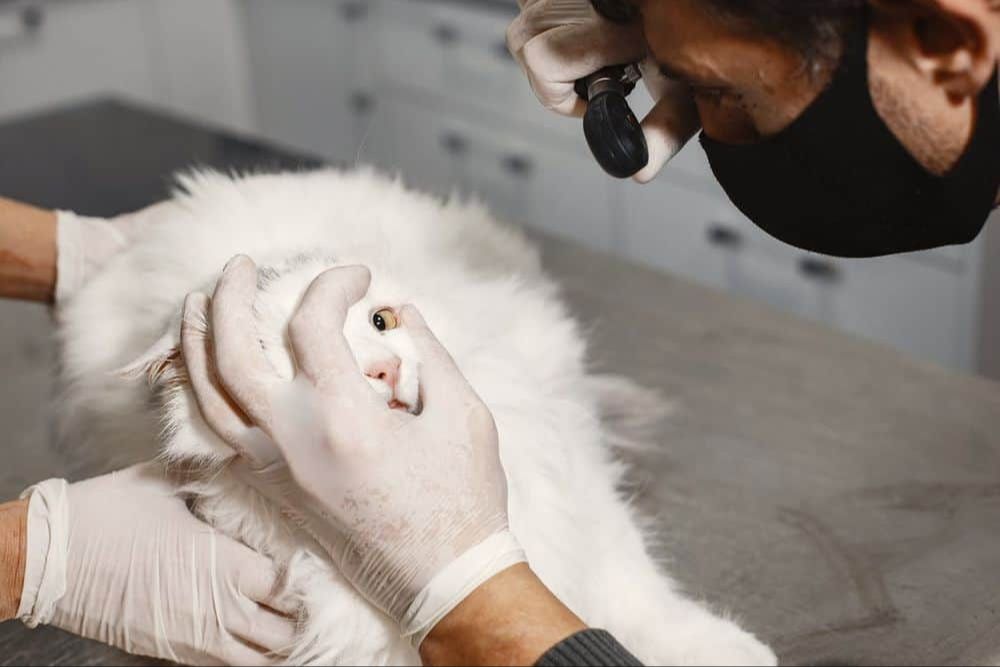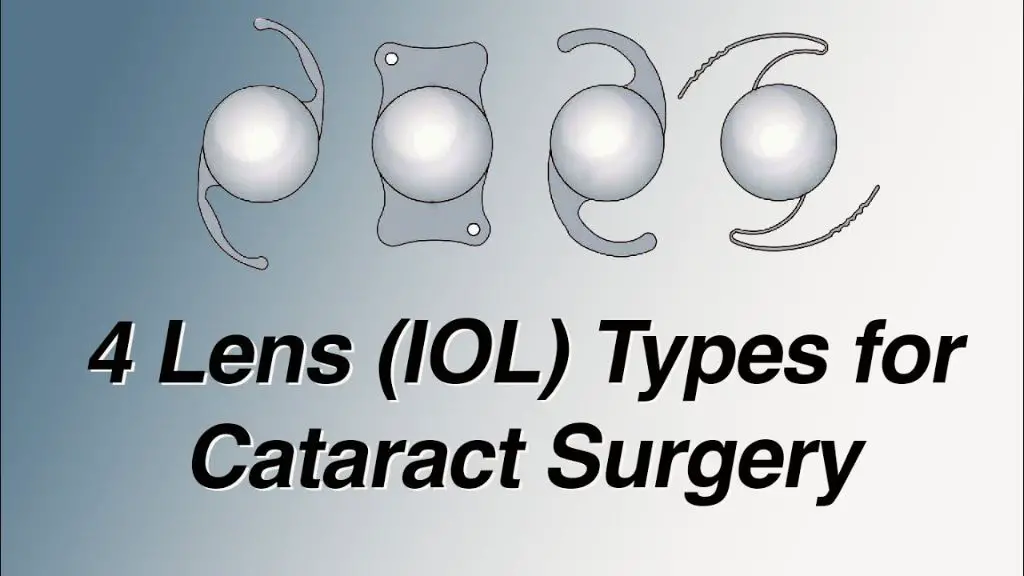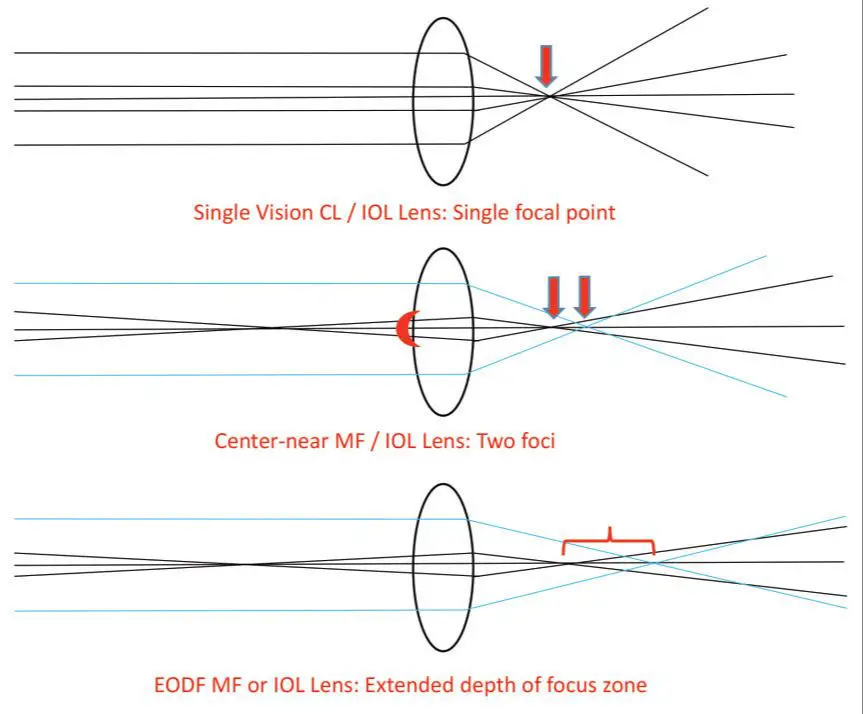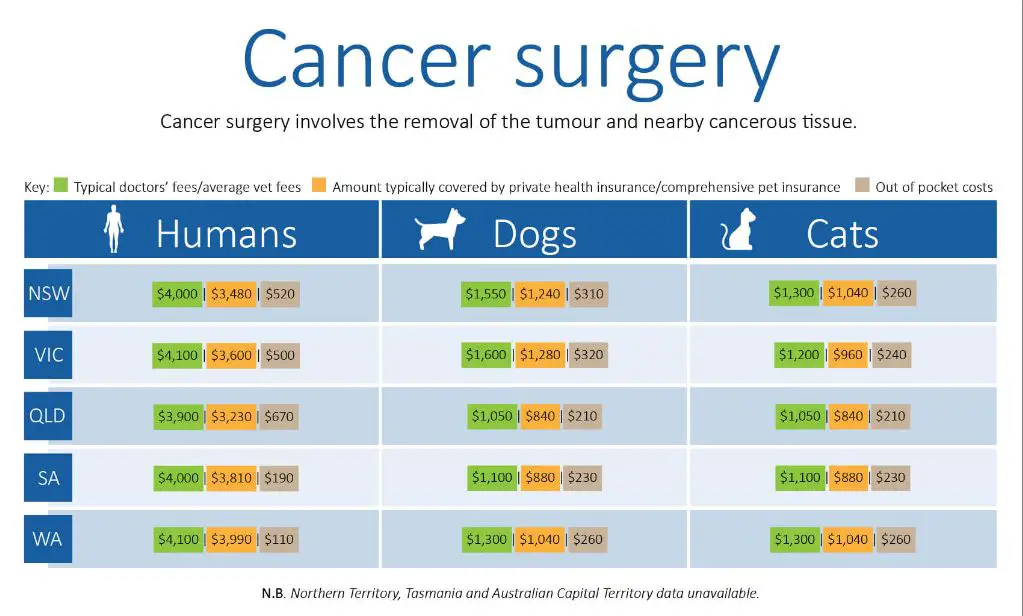Cataracts are a clouding of the natural lens in the eye that affects vision. As cataracts progress, they can cause blurry vision, sensitivity to light and glare, double vision, and trouble seeing at night (1). Cataracts are extremely common, especially in older adults, and the only treatment is cataract surgery to remove the clouded natural lens and replace it with an artificial lens implant.
There are different types of replacement lenses available during cataract surgery with a range of costs. The standard monofocal lenses correct either near or distance vision but not both. More advanced options like multifocal, toric, and accommodating lenses provide benefits like reduced dependence on glasses but come at a higher price (2). This article will outline the different lens options and their typical costs to help readers understand the most budget-friendly choices for cataract surgery.
(1) https://www.mayoclinic.org/diseases-conditions/cataracts/symptoms-causes/syc-20353790
(2) https://www.goodrx.com/health-topic/eye/cataract-surgery-cost
Cataract Surgery Procedure
Cataract surgery involves removing the natural lens of the eye that has developed an opacification or cataract and replacing it with an artificial intraocular lens implant. The procedure is typically performed by an ophthalmologist as an outpatient surgery and takes less than an hour to complete.
During cataract surgery, the ophthalmologist will make a tiny incision in the cornea to access the lens. They will then use an ultrasound device to break up the cloudy natural lens, a process called phacoemulsification. The fragments are gently suctioned out. Once the natural lens has been removed, the surgeon will implant an artificial intraocular lens in its place [1].

The artificial replacement lens is a necessary part of the procedure. The natural lens focuses light onto the retina at the back of the eye, allowing clear vision. Without a lens, vision would be blurry. The artificial intraocular lens mimics the refractive power of the natural lens to restore vision after cataract removal.
Types of Replacement Lenses
There are several types of artificial lenses that can be implanted during cataract surgery (AAO):

Monofocal Lenses
Monofocal lenses only correct for distance vision. They provide crisp vision at a fixed distance, usually for far away objects. However, reading glasses will still be required for near vision tasks. Monofocal lenses are the most common and affordable type of replacement lens.
Multifocal Lenses
Multifocal lenses have different optical powers in concentric circles or segments. This allows for improved near, intermediate, and distance vision after surgery. However, there can be additional visual side effects like glare and halos around lights.
Toric Lenses
Toric lenses correct pre-existing astigmatism along with distance vision. They have greater optical power in one meridian compared to the other meridian. Toric lenses provide sharper vision and reduce dependence on glasses.
Accommodating Lenses
Accommodating lenses have an adjustable optic that moves backward and forward to change focus. They aim to restore the eye’s natural focusing ability. However, satisfaction rates can be inconsistent and they are more prone to rotation after surgery.
Monofocal Lenses
Monofocal lenses are standard intraocular lenses (IOLs) that only provide single vision, usually for distance. They are the most basic and have been around for decades. After cataract surgery with a monofocal lens, patients typically still need to wear glasses for near vision tasks like reading.

Pros of monofocal lenses:
- Less expensive than multifocal or toric lenses
- Proven safe and effective technology
- Provide clear distance vision
Cons of monofocal lenses:
- Still require glasses for near vision
- Do not correct astigmatism
- Limited visual range
The average cost for a monofocal lens is around $300 per lens, making it typically the most affordable option for cataract surgery.
Multifocal Lenses
Multifocal lenses are intraocular lenses that allow patients to see at various distances after cataract surgery. These lenses have different zones for near, intermediate, and far vision. This allows the patient to reduce dependency on glasses for multiple distances after surgery.
The pros of multifocal lenses are the potential for increased spectacle independence and improved vision at multiple distances. According to Smart Eye Care, some patients see 20/25 vision or better after multifocal lens implantation [1]. However, the cons are additional out-of-pocket costs, possible visual side effects like halos or glare around lights, and contrast sensitivity reduction.
The average cost of multifocal lenses ranges from $1500-$4000 out-of-pocket. This premium cost is in addition to standard cataract surgery fees. According to New Vision Eye Center, multifocal lenses have an added cost of around $500-$1000 per eye [2].
Toric Lenses
Toric lenses are a type of intraocular lens (IOL) used in cataract surgery that correct astigmatism as well as nearsightedness, farsightedness, and presbyopia (age-related difficulty focusing on near objects). Unlike regular monofocal IOLs which only correct distance vision, toric IOLs have an aspheric design that provides a wider, more focused image and reduces visual aberrations.
Toric lenses are beneficial for patients with high degrees of pre-existing corneal astigmatism, as they can reduce the patient’s dependence on glasses or contact lenses after surgery. Studies show that toric IOLs improve uncorrected visual acuity and quality of vision outcomes in patients with significant astigmatism.
However, potential disadvantages of toric IOLs include slightly higher out-of-pocket costs compared to standard lenses, as well as the possibility that the lens could become misaligned leading to under-correction or recurrence of astigmatism. Careful pre-operative measurement and surgical precision are needed to ensure proper positioning and orientation of the toric lens.
In terms of cost, toric lenses typically add $1000-$1500 out-of-pocket per eye on top of the standard cataract surgery fees. The average added premium for a toric lens was $1370 per eye in 2017, though costs can vary depending on the specific lens model and provider.
Accommodating Lenses
Accommodating lenses are a type of intraocular lens (IOL) used in cataract surgery. They have flexible optics that allow the lens to move forward and backward in the eye in response to the focusing of the ciliary muscles. This helps the eye focus at varying distances, reducing the need for glasses or contact lenses after surgery.
Some pros of accommodating lenses include the possibility of reduced dependence on glasses, especially for near vision tasks like reading. They attempt to mimic the eye’s natural ability to change focus, providing a wider range of vision (Source 1).
However, potential cons are that the accommodation ability varies greatly between patients. Results can be unpredictable and some patients still need glasses for certain tasks. Accommodating lenses are also more expensive, costing $1500-$3000 or more per eye above standard monofocal lenses (Source 2, Source 3).
The Cheapest Option
When comparing the costs of different replacement lens types, monofocal lenses are generally the most affordable option for cataract surgery patients. According to sources, monofocal lenses often range from $2,000-$3,500 per eye, while other premium lens options like multifocal or toric lenses can cost $3,500-$6,000 per eye (https://www.forbes.com/health/eye-health/lens-replacement-surgery/).
Monofocal lenses only correct either near or distance vision, while other lenses aim to reduce dependency on glasses. However, the simpler monofocal design makes it the most budget-friendly choice. Toric lenses that correct astigmatism are approximately $900-$1,500 more per eye. Multifocal lenses that correct both near and far vision add $1,995-$2,500 per eye to the surgery cost (https://www.bettervisionguide.com/cataract-surgery-cost/).
Given the price differences between the types of replacement lenses, monofocal lenses are the cheapest option for cataract surgery patients looking for an affordable lens implant.
Other Cost Factors
In addition to the cost of the lens implant itself, there are other fees associated with cataract surgery that impact the total price. These additional costs can include:

- Surgical facility fees – Use of the operating room and required medical equipment at a hospital, ambulatory surgery center, or ophthalmologist’s office.
- Anesthesia fees – Costs for anesthesia medications and the anesthesiologist’s services during the procedure.
- Surgeon’s fee – The ophthalmologist’s compensation for performing the surgery.
- Prescriptions – Post-op eyedrops and other medications.
- Follow-up appointments – Initial and subsequent visits to monitor recovery.
Insurance coverage can offset these expenses to varying degrees. Most Medicare and private insurance plans cover a significant portion of standard cataract surgery costs. Out-of-pocket costs will depend on the plan’s copays, deductibles, and coinsurance. Those without insurance can expect to pay the full surgical costs out-of-pocket.
Conclusion
To summarize, there are four main types of replacement lenses used in cataract surgery – monofocal, multifocal, toric, and accommodating. Of these options, monofocal lenses are generally the most affordable. They come in a variety of materials, but basic monofocal lenses made of plastic or acrylic can cost as little as $50-$100 per lens. While multifocal and toric lenses provide additional focusing ability and astigmatism correction respectively, they can cost several hundred to over a thousand dollars more per lens. Accommodating lenses are the newest and most technologically advanced option, costing $2,000 or more per lens.
For patients primarily concerned about getting the most affordable cataract surgery, basic monofocal lenses are typically the best option. Of course, there are other factors that contribute to the overall cost of cataract surgery, including the surgical fees, facility fees, and anesthesia. But when it comes to the actual lens implants, monofocal lenses are the cheapest choice for restoring basic vision after cataract removal.

